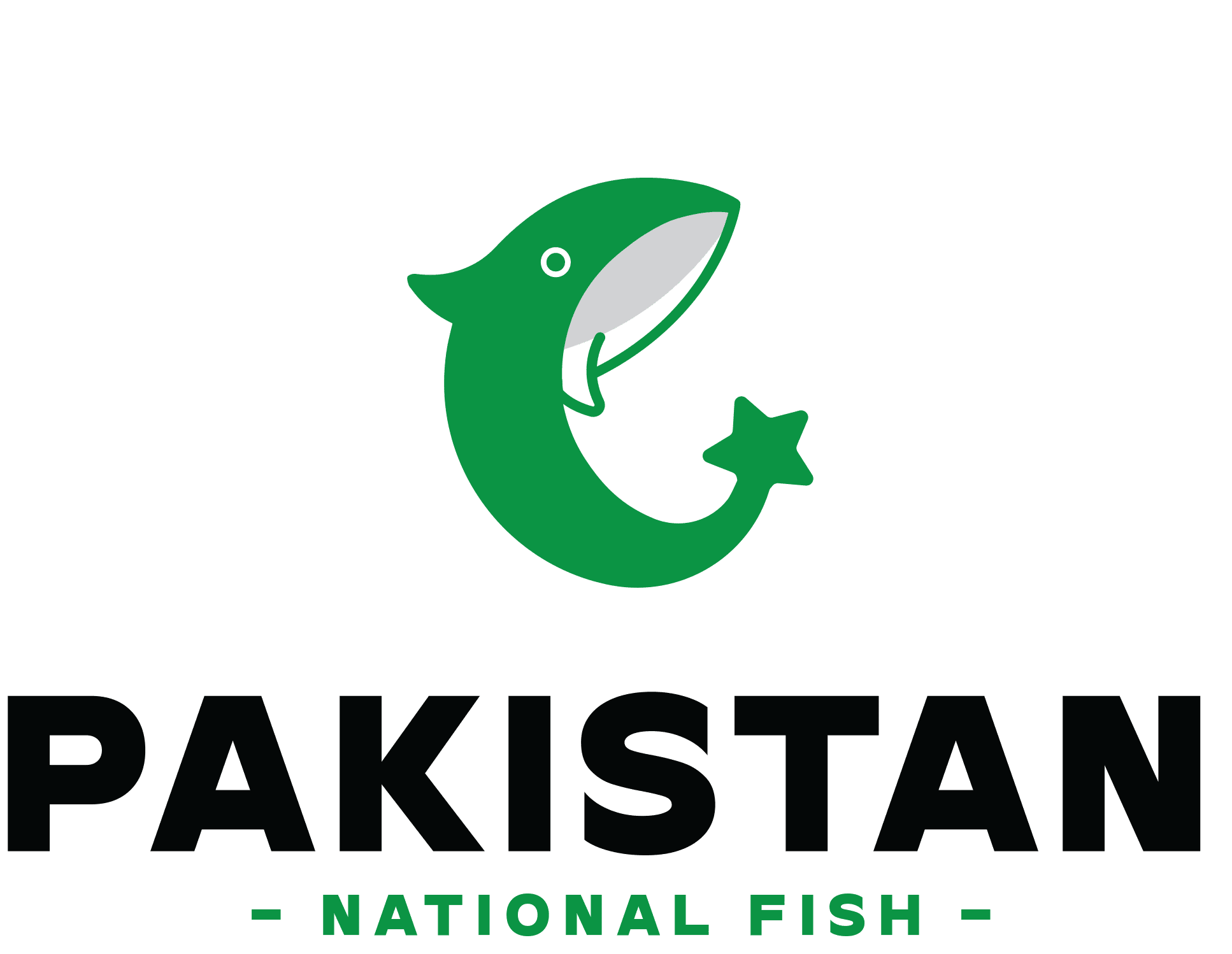The fish industry, valued at $250 billion in 2024, faces challenges in meeting global demand, adopting technology, ensuring sustainability, and adapting to natural conditions, supporting producers, consumers, and global food security.
However, growth has had to be more sustainable since stakeholders have embarked on finding solutions that best serve the world’s needs in the future. Investigate the key drivers of the commercial fishing market’s evolution but will also examine the factors related to sustainability, technology, international relations, and customers.
Factors of the Demand and Supply
The seafood market is predicted to increase internationally and even now plays a major role in the protein diet of the world’s population. This demand increase is attributable to a growing population globally, an increase in diets that contain proteins, and a growth in the demand in emerging markets in Asia. However, it is difficult to satisfy this demand sustainably since many of the fish stocks are over-exploitable.
According to the FAO statistics more than one-third of fish species are harvested to depletion, with some species such as the tuna fish in danger of being commercially extinct. Thus, it is high time to come up with solutions that will limit the number of endangered species and various habitats and combine green approaches to fishing.
The Core of Future Strategies
The future of commercial fishing is closely linked with sustainability. A large number of fishing companies are adapting to green measures to conserve the sea environment. Measures like PBS, closed time and space management including the establishment of MPAs are becoming more popular.
For example, the selective gear which aims at only a given size of fish or species, can greatly minimize cases of bycatch (instances where other species of fish are caught in addition to the targeted species). On the other hand, MPAs have the concept of reproducing fish and have been seen to have positive impacts in reforming fish and the aquatic ecosystem by protecting fish from predators which in the process has a positive impact on fishing zones.
The Impact of Technology on Commercial Fishing
Technological changes are rapidly revolutionizing the complexion of commercial fishing. Technological advancement in data gathering and the application of reinforcement learning and robotics are shedding light on better, more precise, and more efficient fishing.
- Fish-Finding Technologies: New generation equipment such as sonars and satellite tracking helps the fishers to locate the shoal of fish easily. This saves time and fuel that would otherwise be used looking for the products hence reducing operational costs and in turn helping the environment.
- Data-driven decision-making: The use of satellites, sensors, IoT, and AI connects to fish, track migration, and even the state of the ocean itself. This way, companies are better placed to make the right decisions regarding when, where, and how to fish.
- Automation and Robotics: Fishing practices are experiencing a new change through automation. There are uses in sorting and cleaning as well as in processing catches and robotic systems help in achieving more with less human effort. Other developments are the self-driving boats as these may also be used in exploratory trips to even fishing.
Many of these technologies are designed to enhance the productivity of commercial fishing and at the same time, reduce the social and environmental effects of conventional fishing.
The Aquaculture Boom
In recent years, aquaculture or fish farming has gradually become an important segment of commercial fishing inclusive of fish supply since the natural stocks of fish are declining. According to FAO, aquaculture is expected to provide over 50% of total fish production in 2030.
Ones like the offshore fish farming technology/salmon farming in coastal waters, the recirculating aquaculture systems (RAS), and the integrated multi-trophic aquaculture (IMTA) systems. The RAS, for instance, purifies water, recycles it in storage tanks, and as a result, does not waste water. IMTA, on the other hand, imitates an ecosystem at a site that involves different species in one place so that nutrients get recycled and wastes are also managed effectively.
Shift of Markets and Globalization
The commercial fishing market is international, with Asia, North America, and Europe being key players. China, Indonesia, and India are major producers. Political issues like trade wars impact seafood exports and imports.
Consumers are concerned about sustainability and environmental issues, with European and North American consumers buying locally produced fish and Asian consumers seeking cheap fish. Understanding these trends is crucial for commercial fishing organizations globally.
Climate Change
Pollution and climate change pose severe threats to marine life and, by extension, the fishing industry:
- Rising water temperatures, increased acidity, and shifting currents impact fish stocks, migration patterns, and habitats.
- Temperature changes have caused fish populations to migrate toward polar regions, disrupting traditional fishing routes.
- Fishers may need to target new species as fish distributions shift, leading to increased competition and regulatory challenges.
- Industry leaders are adopting climate-adaptive strategies, such as improving fishery practices to address climate impacts.
- Companies are also implementing eco-friendly technologies and carbon offset initiatives to reduce environmental impacts.
New Laws and Industrial Norms
Increasingly, sustainability is being driven towards the centre of the design process, and, thus, regulations are becoming more stringent internationally. Every country and organization including the Food and Agriculture Organization (FAO) and the World Wide Fund for Nature (WWF) are engaging in formulating global measures on sustainable fishing.
For instance, Europe considers a group of policies like the Common Fisheries Policy (CFP) that limits fishing quotas to avoid depletion of stock.


